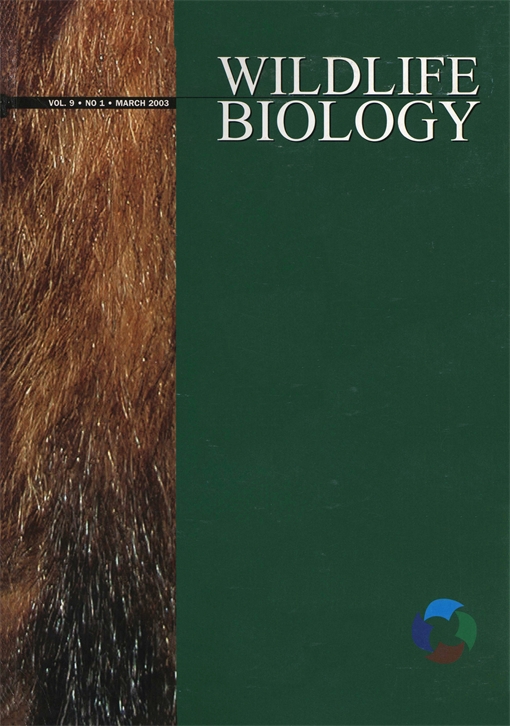Just over a year has passed since the 9th International Grouse Symposium was held in Beijing, China, in September 2002. Thanks to Symposium President and Organiser Yue-Hua Sun, grouse ecologists from North America and Europe were offered a great opportunity to open their minds towards the nature and the grouse of China and Asia, to the growing number of excellent wildlife studies conducted in this region, but also to the many conservation problems Asian conservationists are facing.
The papers from the 9th International Grouse Symposium published in this Proceedings issue of Wildlife Biology reflect two recent trends in grouse research. The first is that as the venue of the Symposium Beijing is proof that grouse research has become more international. There are contributions from all parts of the grouse range, and an increasing number of papers represent cooperative efforts of grouse biologists from different countries. Increasing cooperation is advantageous for both scientists and grouse conservation, and is, at least partly, a result of the Grouse Specialist Group and its tight network among grouse ecologists worldwide. Such productive personal bonds are renewed at the International Grouse Symposia time after time. The second notable trend is a growing integration of disciplines and approaches. For example, as several papers in this issue demonstrate, much is to be learned from applying new genetic techniques to long-standing ecological questions.
Wildlife Biology has already published papers from the two previous International Grouse Symposia. We found this an excellent way to encourage participants to present high-quality papers at the Symposium, and to provide the Symposium and its Proceedings with wider attention. Each time, papers were selected in a peer-review process according to Wildlife Biology's high scientific standards. At the 9th International Grouse Symposium, the number of papers submitted for publication far exceeded the previous two symposia. We take this as a good indication that Wildlife Biology is an attractive platform for grouse scientists to communicate their results and ideas.
All papers that were submitted from the 9th International Grouse Symposium for publication in Wildlife Biology were critically reviewed by at least two scientists, many of which had not participated in the Symposium, using the same criteria and standards as for other manuscripts. Their recommendations were of great help to the editors to decide about publication and to the authors to improve their manuscripts. The Editor-in-Chief of Wildlife Biology, Jon Swenson, and I finally decided which papers would be included in this issue of Wildlife Biology.
We hope you find this Proceedings issue of Wildlife Biology as stimulating and thought-provoking as we do. Abstracts of all presentations given at the 9th International Grouse Symposium are available at the website of the IUCN Grouse Specialist Group ( http://www.gct.org.uk/gsg/).





